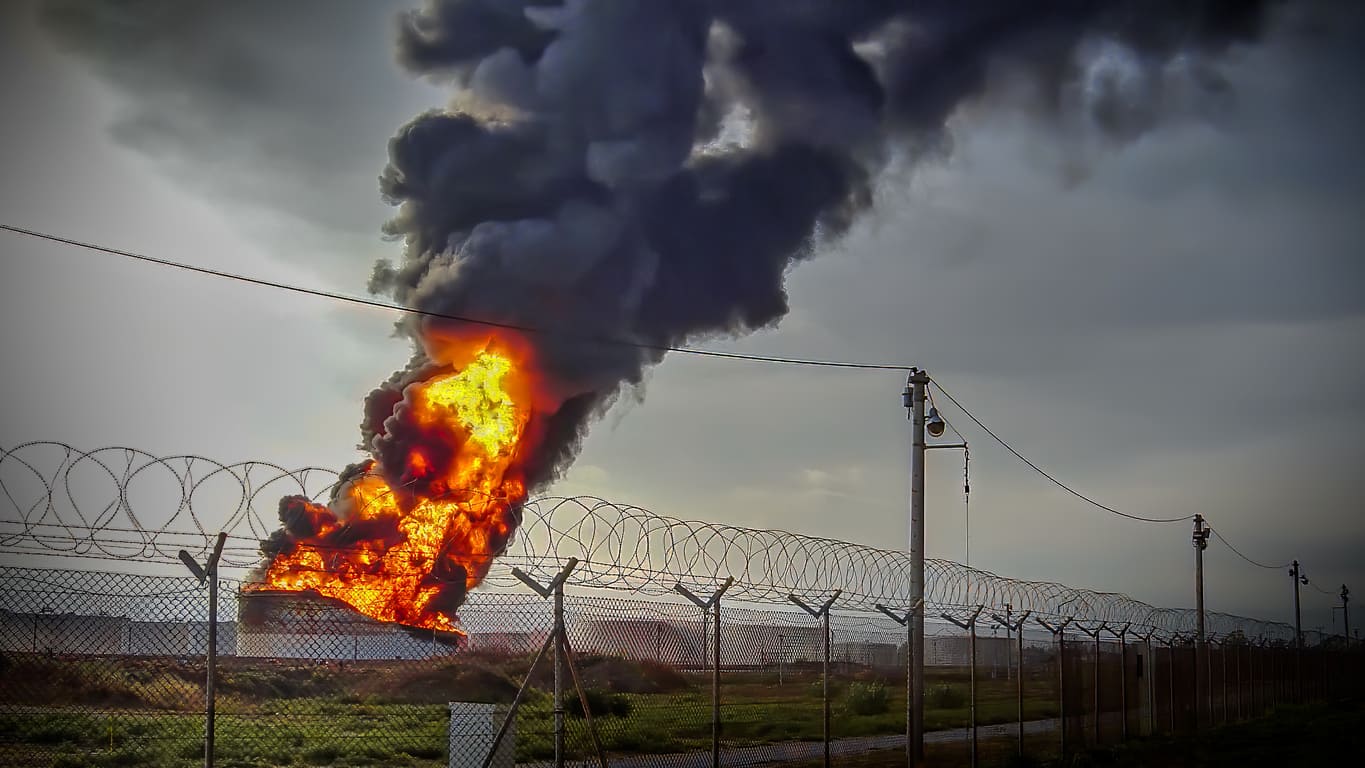
Nearly one year after a massive chemical plant explosion disrupted the Thanksgiving holiday for thousands of people in and around Port Neches, Texas, the U.S. Chemical Safety Board has detailed exactly what led up to the disaster.
About the TPC Port Neches Explosion
The TPC Port Neches explosion erupted shortly after 1:00 a.m. on November 27, 2019. The blast injured three plant employees, caused widespread damage throughout the surrounding community, and forced more than 60,000 residents of Neches, Groves, Nederland, Central Gardens, Beauxart Gardens, and parts of Port Arthur to evacuate their homes through Thanksgiving Day.
Less than a week later, high levels of butadiene – a known carcinogen – resulted in voluntary evacuation order for Port Neches.
It’s estimated that the TPC explosion caused over $500 million in property damage. The facility was forced to shut down, terminating the employment of multiple workers and supervisors.
“Polymer Popcorn” Blockage Caused Pipe to Rupture
Now, a 13-page Factual Update issued last week by the U.S. Chemical Safety Board is confirming what many suspected. The sequence of events that led to the explosion began when 60,000 gallons of liquid vapor – mostly highly flammable butadiene – escaped from a processing tower.
The vapor ignited about two minutes later, sparking a fire that would burn for days and destroy much of the facility.
According to the Chemical Safety Board, a section of piping became blocked by a build-up of material known as popcorn polymer nearly three months earlier. That blockage likely caused the pipe to rupture, resulting in the release that triggered the blast.
“CSB has learned there was a history of popcorn polymer issues, and there was a dead leg in the system for over 80 days before the event,” executive director of investigations and recommendations Stephen Klejst said during a Board meeting convened last Thursday.
Just eight days before the explosion, TPC installed temporary filters to catch any popcorn polymer chunks. But popcorn polymers had been an issue in that particular section of the plant since at least July 2019. In fact, an examination of other equipment showed that the material completely blocked at least one safety valve.
OSHA Fined TPC Group Following Port Neches Explosion
Earlier this year, inspectors with the U.S. Occupational Safety & Health Administration concluded that the TPC Group had failed to provide updated instructions on how to shut down affected equipment, neglected to fix deficient equipment that could have caused the explosion or alerted workers to a problem, and failed to use proper procedures on a pipeline design known to cause issues when using butadiene.
OSHA fined the company $134,937 – the maximum penalty – for each of the three violations, bringing the total fine to $514,692.
“Employers are required to conduct regular inspections and address potential hazardous conditions associated with chemical processes to prevent catastrophic events from occurring,” Principal Deputy Assistant Secretary of Labor for Occupational Safety and Health Loren Sweatt said in a statement issued at the time. “OSHA has extensive resources available to help employers and workers understand requirements for process safety management.”
Undefeated Houston Plant Explosion Lawyers: Call 1-888-603-3636 or Click Here for a Free Consultation.
Our Undefeated Plant Explosion Lawyers have won billions for workers and families in Texas, Louisiana, and across the United States following the worst petrochemical disasters in recent history, and consistently win Record-Breaking Verdicts and Settlement against the largest plant, refinery, and pipeline operators in the world.
Please call 1-888-603-3636 or Click Here to send us a confidential email via our “Contact Us” form.
All consultations are free, and because we only work for a contingency fee, you’ll owe nothing unless we win your case.